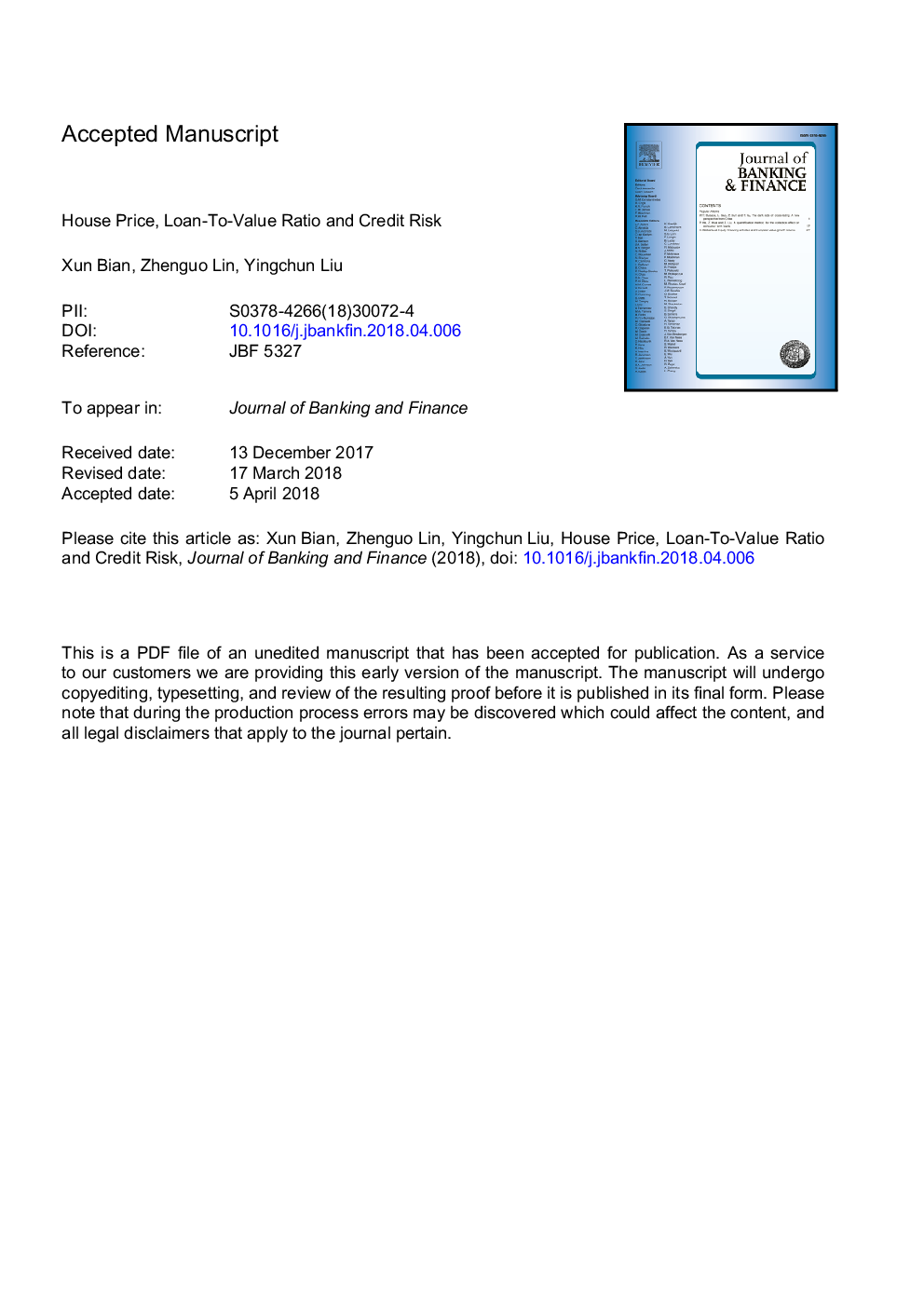| Article ID | Journal | Published Year | Pages | File Type |
|---|---|---|---|---|
| 7356494 | Journal of Banking & Finance | 2018 | 41 Pages |
Abstract
Real estate transactions are often established through financing. We study the effect of financing on property prices. We show that properties can transact at prices well above their collateral values. Therefore, the commonly used loan-to-value (LTV) ratio suffers a bias that can significantly understate credit risk. This bias is exacerbated when mortgages are originated with longer terms, at higher LTV ratios, or when sellers possess stronger bargaining power. Furthermore, this bias is larger under aggressive lending products, e.g. interest-only loans and mortgages allowing negative amortization. Our simulation results suggest that many mortgages originated at the peak of the housing bubble are, in fact, “under water” at origination. In particular, the loan amount of a 30-year mortgage at a 95% LTV can be 15% greater than the collateral value of the property, suggesting the mortgage is already deep “under water” at origination. These findings call into questions underwriting and risk control practices in mortgages and other collateralized debts.
Keywords
Related Topics
Social Sciences and Humanities
Economics, Econometrics and Finance
Economics and Econometrics
Authors
Xun Bian, Zhenguo Lin, Yingchun Liu,
